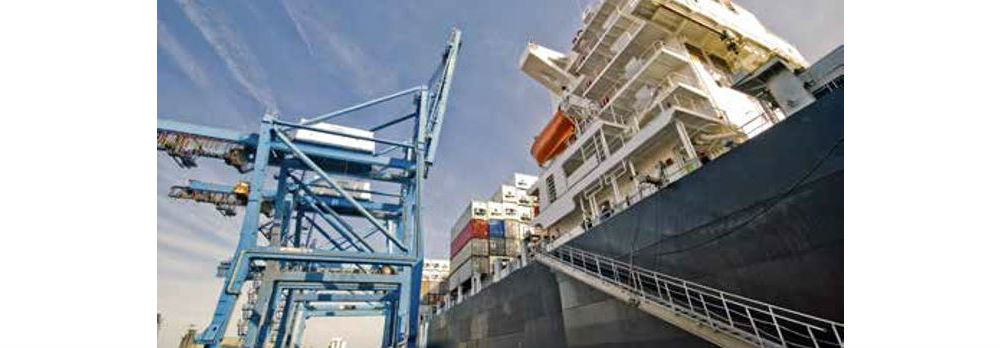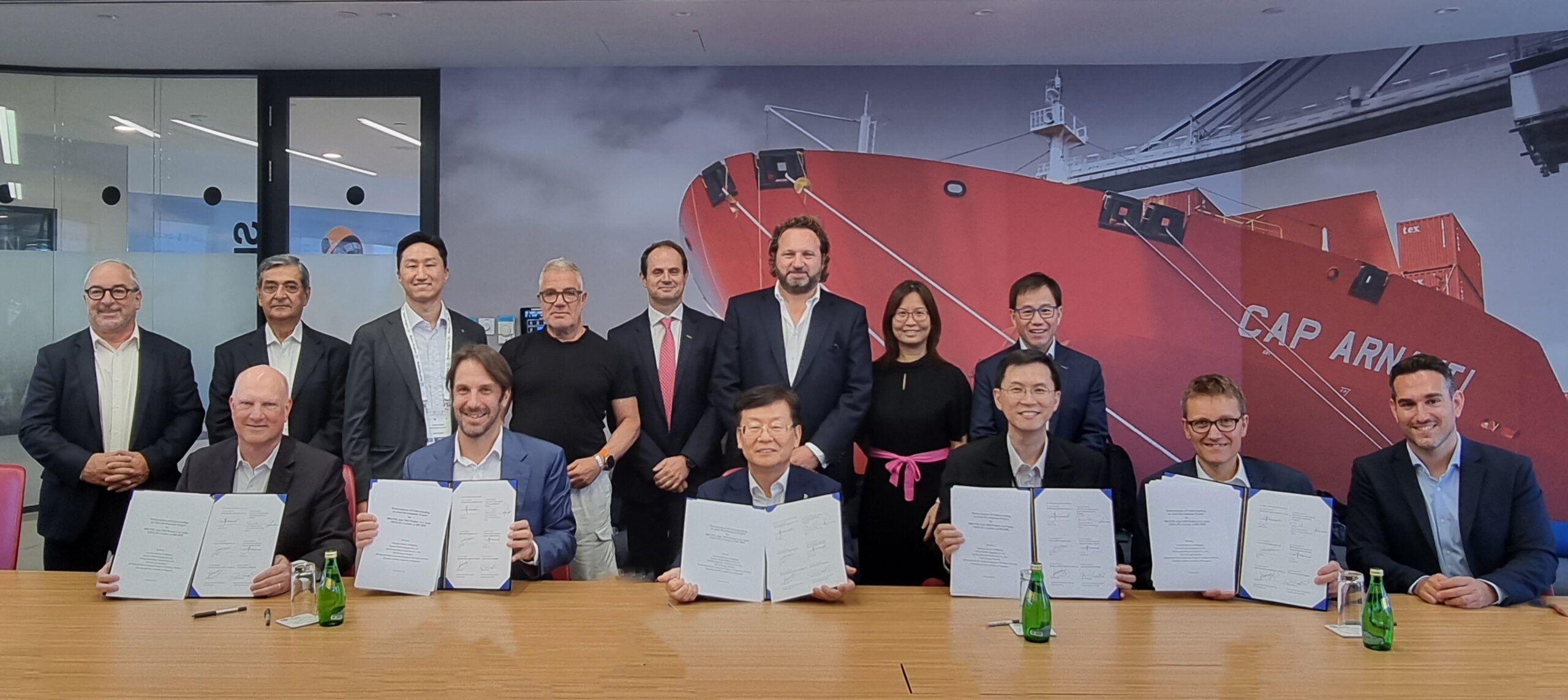DNV GL and MAN Diesel & Turbo have analysed a range of scenarios for a newbuild LR1 product tanker to determine the most economically feasible type of alternative fuel for the vessel.
The alternative fuels studied were liquefied natural gas (LNG), liquefied petroleum gas (LPG), methanol and others. The costs and benefits of these alternative fuels were compared with heavy fuel oil (HFO) and marine gas oil (MGO) and the overall operating costs were established.
The LR1 product tanker was sailed on a fixed route between North America and northern Europe to obtain the financial analysis. A MAN B&W 6G60ME-C9.5 was selected as the main engine, available as a standard oil-fuelled diesel engine as well as dual-fuel. The machinery set up was kept the same for the different fuels apart from the fuel systems themselves. The speed of 12.5 knots was used as the fixed transit speed of the ship with 87% of the time spent in transit, 3% in approach and 10% in port. As the global sulphur cap is likely to enter into force in 2020, a fuel with 0.5% sulphur content was used for outside of Emission Control Areas (ECAs).
For comparison with alternative fuels, one alternative fuel was used for the entire round trip and compared with the use of an alternative fuel used in ECAs with a HFO/low sulphur fuel (LSF) used outside ECAs. The study assumed operations to be carried out between 2018-2030.
As the price of fuel significantly affects the financial viability of various fuel options and use of technology, fuel price scenarios were created for the purpose of the study. A high price scenario where fuel prices would be similar to those of 2014 for USD 100-110 per barrel was created as well as a low fuel price scenario where oil prices would be around USD 50 per barrel.
The study indicated that LNG and LPG can deliver huge cost savings in a high fuel price scenario whether they are used alone or mixed with others for operating in and outside of ECAs and that payback time is around 5-10 years. Payback time is likely to decrease at higher ship speeds. However, in the low price scenario, LNG and LPG were less attractive. Methanol showed that investments in equipment and engine upgrades would not be cost effective. Using a single fuel, rather than fuel variants showed shorter payback times. So the increased initial investments in LNG and LPG are compensated by the lower prices of the fuel itself compared with LSF. Where fuels are priced lower, LNG payback time is longer. LPG is stated to be as good as LNG based on shorter payback time, reduced sensitivity to price variations and lower initial investments.
The economic advantages of choosing one fuel over another is highly variable as it depends on fluctuating oil prices, which are embedded with uncertainty. In order to account for this uncertainty, the researchers carried out a sensitivity analysis between LSF and alternative fuels. Where fuel price differential is higher, there is more of a driving force for LNG or LPG uptake. During a high price scenario, the additional investment required for alternative fuels is paid back within 13 years.
The study assumed that the tank capacity would be enough for a half round trip, but this would mean it would need to bunker in Houston and Rotterdam. The fuel price differential between these ports means that bunkering at only the cheapest location (Houston) was also assumed as one scenario to understand how fuel price differences affect the financial paybacks. When LNG is used for the entire trip and bunkering only carried out once, the payback time increases from 76 to 97 months. Therefore, the investment costs of the tank for this fuel is not compensated with the lower fuel price. However, if this scenario is compared with a tank capacity that is full enough for the entire trip then the payback time is reduced for LPG from 57 to 51 months. These variations are due to the high differences in tank prices for LNG compared with LPG.
Ship Efficiency Review News
To contact the reporter responsible for this article, please email editor@fathom-mi.com

































